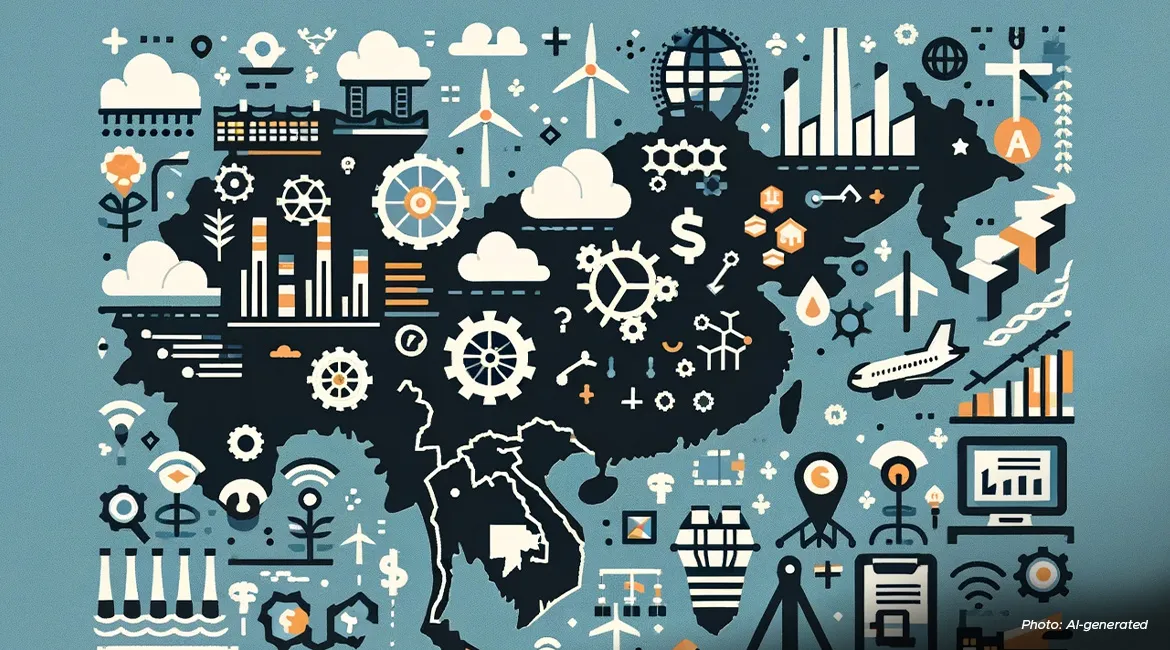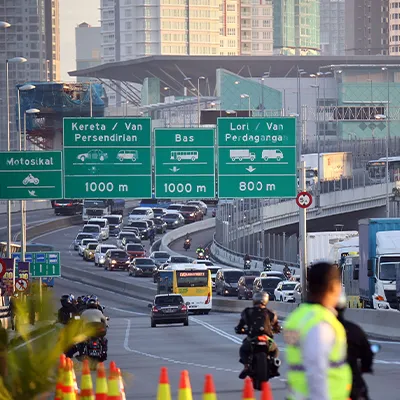In 2022, global Foreign Direct Investment (FDI) strengthened in post-pandemic Southeast Asia and reached a record high of US$224 billion (S$300.3 billion).
Singapore led the way, taking in about 60 per cent of FDI (Pg 5) with Malaysia and Vietnam also achieving record-high investments. Key drivers of these strong investment trends included a strong rebound in manufacturing, burgeoning digital economies, and strategic supply chain enhancements (Pg 8, 11). Multinational corporations (MNCs) also continued proactive expansion across the region, according to the ASEAN Investment Report, published on 20 December 2023.
Here’s what the report highlighted:
1. Improvement in ASEAN’s investment policy landscape: Between 2021 and 2022, ASEAN Member States adopted 24 investment policy measures, with 16 being favourable to FDI. These measures included liberalising policies and allowing fully owned foreign equity ownership in sectors such as insurance, renewable energy, and telecommunication. For example, Vietnam opened up its insurance sector completely to foreign investment, while the Philippines allowed full foreign investment in renewables. Indonesia established a Ministry of Investment to facilitate the ease of doing business in the country (Pg 31).
2. New regional agreements gave FDI a boost: New regional agreements on the development of the digital economy, Industry 4.0 transformation, investment facilitation and the establishment of an electric vehicle (EV) ecosystem have been pivotal in driving economic cooperation and fostering investment across the region (Pg 33).
3. Key industries attracted the lion’s share of FDI: Manufacturing, finance, wholesale and retail trade, and sectors linked to the digital economy were the top recipients, accounting for 86 per cent of total FDI inflows. Manufacturing investment alone climbed to an all-time high of US$62 billion (S$83.1 billion), demonstrating the industry's robust recovery and resilience (Pg 8).







